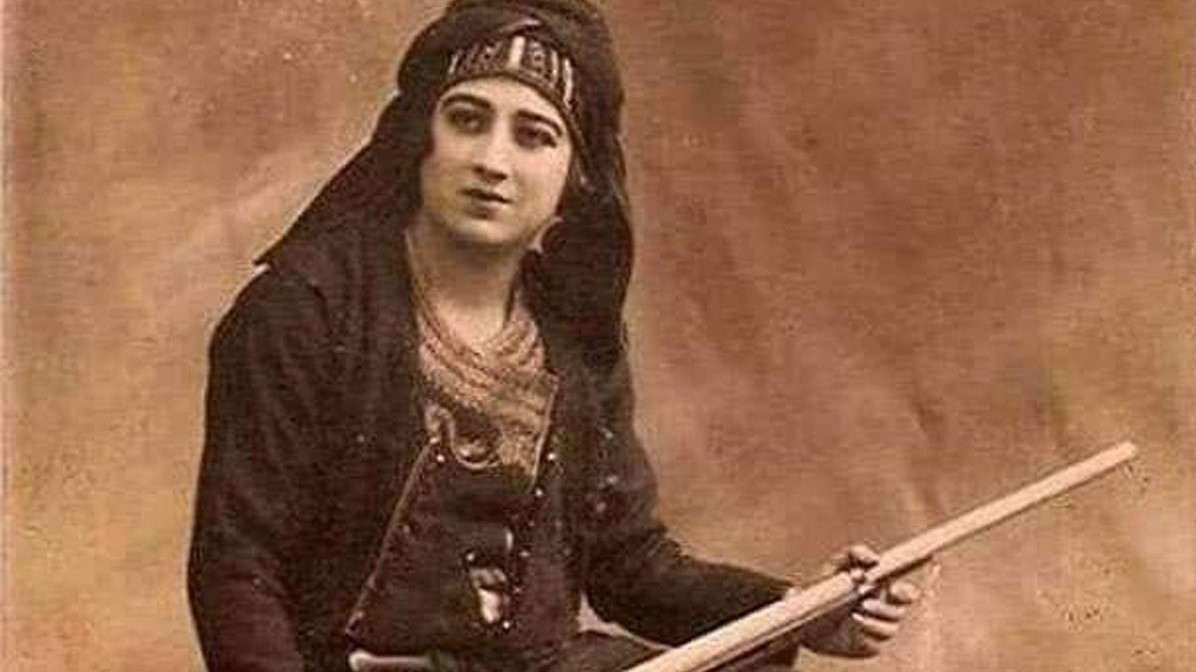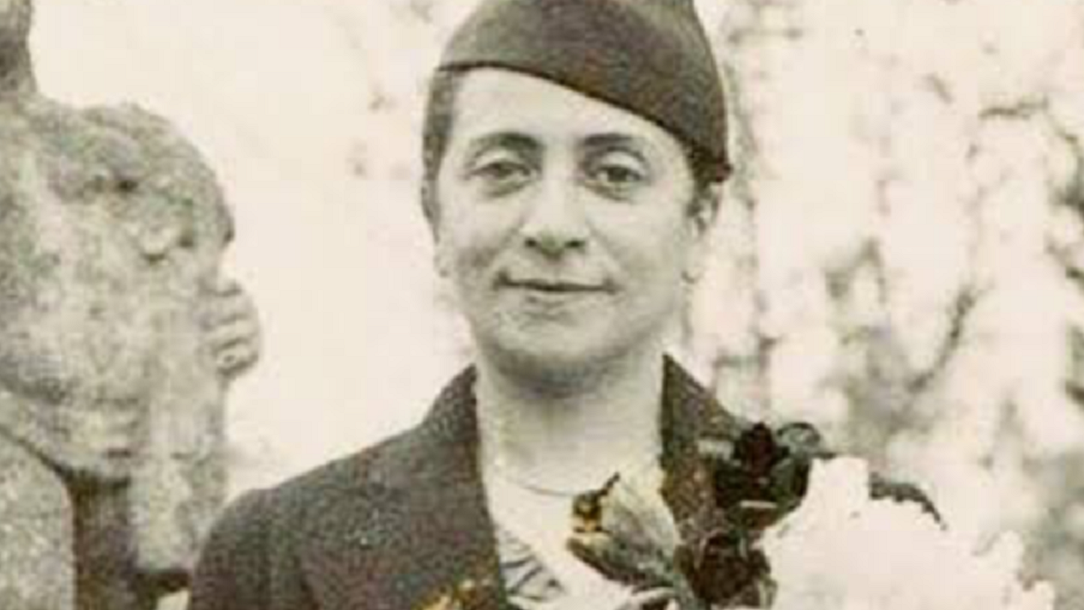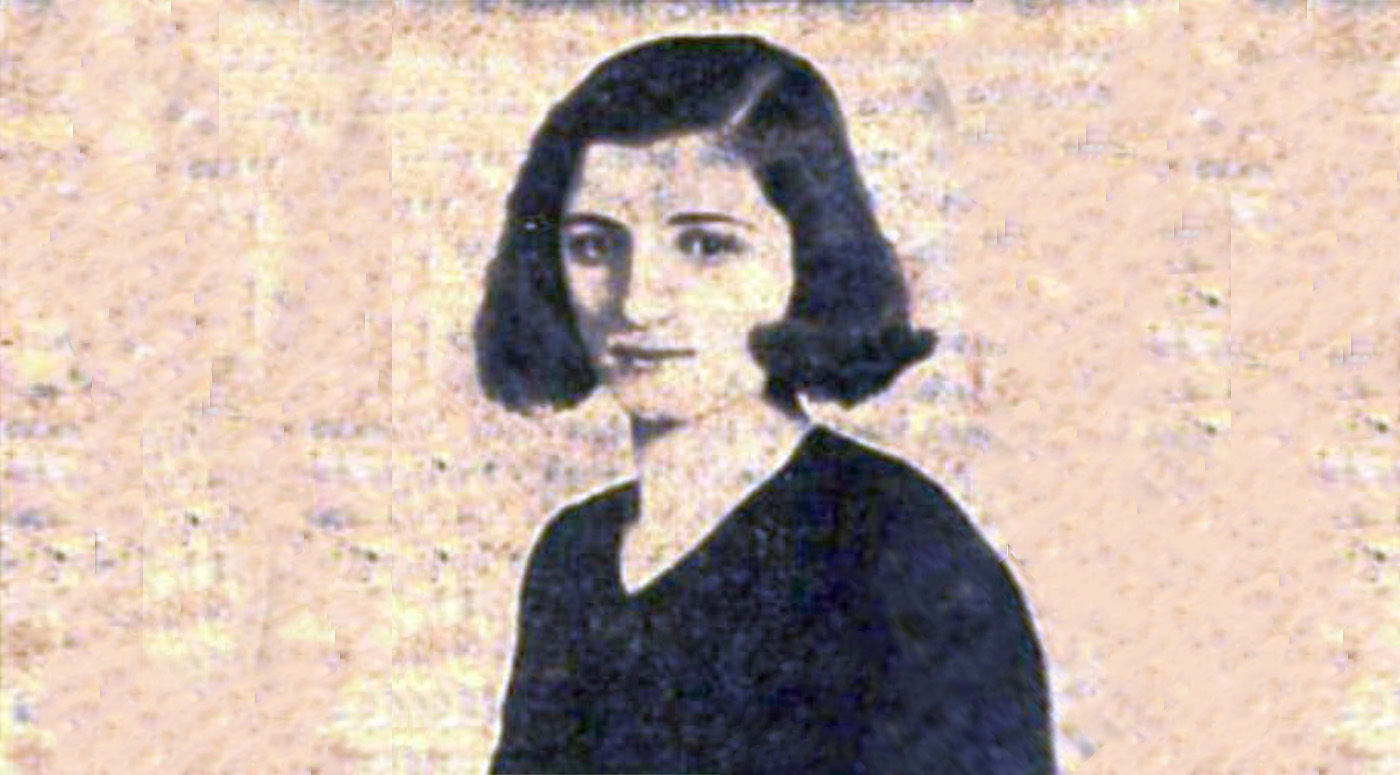From Nezihe Muhittin to Sabiha Rifat : Five women who helped define modern Turkey

A century ago, the Turkish Republic was in the midst of dramatic upheavals that helped lay the foundations of the country we know today.
Following the collapse of the Ottoman Empire after World War One, the country was occupied by the victorious allies, including forces from Britain, France and Greece.
To regain control of their country, Turkish revolutionaries embarked on a four-year-long War of Independence in 1919.
By October 1923, the Turks were back in control of their homeland and were ready to start all over again. There is one man who is credited with the transformations that followed: Mustafa Kemal Ataturk.
His military prowess led his countrymen to victory and independence, while his reforms rapidly modernised a country reeling from war.
Stay informed with MEE's newsletters
Sign up to get the latest alerts, insights and analysis, starting with Turkey Unpacked
Today, his picture is proudly displayed in every workplace, while his name adorns a multitude of streets, parks and buildings.
But what of the other people who played a role in establishing the country? While history books remember a number of the men, the women who helped shape a nation have mostly been hidden. So, who were they?
1. Nezihe Muhittin
A leading figure in the fight for women’s rights, but whose name has been almost entirely scrubbed from Turkish history books, Nezihe Muhittin was a prolific writer during the early republican period.
Turkish women were granted suffrage in 1934, earlier than in France or Switzerland, and it is often Ataturk who is credited with and praised for such forward thinking.
However, for the 11 years before the enactment of political rights for women, Muhittin fought hard to win that right.
In 1923, she founded the first political party of the Turkish Republic, the Women’s People Party, with the aim of improving women’s economic, social and political standing.
She believed that if women were educated and knew their rights within the family and society, political rights would naturally follow.
But even Ataturk had not yet founded his own party at that time, so in February 1924, Nezihe’s application to make the Women’s People Party official was rejected; women, she was told, did not have the right to do such a thing.
Determined not to give up, Muhittin converted the party into the Turkish Women’s Union and, in a bid to minimise problems, removed any mention of politics from its objectives. The Union was then made official.
From organising conferences and courses to helping women into various careers, the Turkish Women’s Union kept to its goals of improving every aspect of women’s lives. Yet, despite having been removed from the objectives of the Union, the desire to gain political rights persisted, and in 1927 the issue reared its head once more.
Her grave wasn’t finished properly until 2016. Today it stands emblazoned with her last words: 'Revolution without women is impossible'
At the union congress, Muhittin announced that women’s suffrage would be restored to the union's aims. The aim was to put pressure on the government, but with Turkey operating as a one-party state, such pressure and opposition were not allowed - and it would spell trouble for Nezihe.
A campaign to oust her from the union got under way, with members who opposed her stance accusing her of corruption.
A first investigation found no conclusive evidence of wrongdoing, but a second found Muhittin had broken union rules.
It was claimed she had borrowed 500 lira for her personal use and used the union building as her address. As a result, she was removed from the union.
The events of 1927 were to affect the rest of Muhittin's life; her novels were subject to harsh criticism and she never succeeded in getting elected to parliament.
By the 1950s, she had almost slipped into complete obscurity and in 1958 she died - some claim while in an institution for the mentally ill, others say of a heart attack.
Her grave wasn’t finished properly until 2016. Today it stands emblazoned with her last words: “Revolution without women is impossible”.
2. Halide Edib Adivar
Halide Edib Adivar was an author, journalist and staff sergeant. While her novels are still widely read in Turkey, her work during the formation of the Turkish Republic is less well known.
In 1909, Adivar founded the Women’s Improvement Association, the first feminist organisation within the Ottoman Empire, which aimed to advance women in both educational and cultural matters.
Anyone could join providing they knew English, as the association wished to work in parallel with the British Friends of Turkish Women Society. Figures including Nezihe Muhittin soon became members.
When the Turkish War of Independence broke out in 1919, Adivar focused her efforts on helping her country. She initially joined the Karakol Cemiyeti, a secret organisation that became the forerunner of the modern Turkish intelligence service, and assisted in delivering weapons to groups fighting the occupation in central Anatolia.
In 1920, along with journalist Yunus Nadi Abalioglu, Adivar founded the Anadolu Agency, a state-run news agency still operating today. The idea was to create a network that Ataturk’s revolutionary government could use to send news to citizens throughout the country. It was determined that articles written by the agency would be sent to every telegraph office.
Where there were no telegraph offices, the news would be displayed within mosques.
Alongside writing for the Anadolu Agency, Adivar worked as a nurse for the Red Crescent and also reported on the damage caused during the Greek retreat from the country.
For her efforts, she gained her first military title - that of corporal - in 1921. She would go on to be promoted to sergeant, and finally staff sergeant.
Yet her position changed suddenly in 1924, when her husband, Adnan Adivar, co-founded the Progressive Republican Party. The creation of this opposition party, consisting of liberal democrats, was originally welcomed by Ataturk. However, as political differences mounted, the party was closed down.
Unable to personally reconcile these differences, Adivar and her husband left Turkey. While in exile, they lived mostly in Britain, where they continued to be vocal in their criticism of Ataturk and his politics. Adnan even wrote a letter to the Daily Telegraph in 1928 calling Ataturk “the Turkish dictator”.
Halide only returned to Turkey after Ataturk’s death in 1938. Upon her return, she taught English literature at Istanbul University.
In 1950 she served briefly as MP for the province of Izmir, before returning to work at the university. She died in 1964, at the age of 79.
3. Corporal Nezahat (Nezahat Onbasi)
Not every female contributor to the foundation of the Turkish Republic was an adult; some, like Nezahat Onbasi, were just young girls.
Having lost her mother to tuberculosis, Nezahat was brought up by her father, Colonel Hafız Halit, commander of the 70th Regiment.
Continuously surrounded by soldiers, she learnt how to ride a horse and fire a gun. These skills came in useful; in 1920, with the War of Independence raging through Turkey, Nezahat donned military uniform and joined her father at the front, aged 11.
At the Gediz Attack against the Greeks a few months later, a number of Turkish soldiers began preparing to flee as the enemy gained the upper hand. It’s said that Nezahat intercepted them, asking: “I’m going off to die with my father, where are you going?”
Unable to answer such a question from a young girl, the soldiers returned to camp and continued to fight. Although the outcome of the attack itself was unsuccessful for the Turks, it did hold back a Greek advance on Anatolia - and Nezahat was rewarded with the rank of corporal.
She remained at the front for three years, and when her regiment was visited by Ataturk, she is reported to have answered his query of why she was there with: “I’m the soldier’s castle; if they want to turn back, they’ll find me opposite them.”
The soldiers of the regiment nicknamed her the Turkish "Joan of Arc".
In 1921, Nezahat Onbasi became the first ever recipient of the Medal of Independence, although it was never formally awarded in her lifetime.
When the suggestion was proposed in parliament, some felt it wrong to bestow such an honour on a child, and recommended instead that she be given either a dowry or a promotion to the rank of brigadier.
Nevertheless, the decision to award the medal was approved. Yet, amid war and the chaos of the early days of the republic, Nezahat’s medal was forgotten about. Only in 2013, nearly 20 years after her death, was the medal awarded and received by her granddaughter Gizem Unaldi.
When Nezahat fell ill in 1994, she was taken to the military hospital in Ankara. There, according to her daughter Inci Ucok, Nezahat saw soldiers in the hospital and spoke her last words: “Look, the regiment has come. My father has come to get me. The whole regiment is here.”
4. Dr Safiye Ali
Dr Safiye Ali was an instrumental figure in the improvement of healthcare in Turkey, particularly for women and children.
With medical faculties not open to female students in her home country, Ali enrolled at university in Wurzburg, Germany during World War One. After graduating in 1921 she returned home and, in June 1923, officially became the first female doctor in Turkey.
When Ali first opened her surgery, few people attended. Of those who did, many wanted to pay her less simply because she was a woman. She resisted such demands, insisting that her fee be the same as her male colleagues'. Only patients who truly couldn’t afford it would be given free treatment.
This desire for women’s equality, as well as the wish for their better access to healthcare, remained important to Ali throughout her career.
In addition to her own surgery, Ali also opened a surgery for young children under the auspices of the Red Crescent. Patients were sorted according to age and each given a record book. Food parcels containing items such as sugar, flour and milk powder were often distributed, while malnourished children were given a dietary plan and weighed every week.
Health visitors also examined living conditions and determined individual needs.
Following the closure of this surgery in 1925, Ali became the voluntary head of the Sut Damlasi (Milk Drop) organisation. During her time in Germany, she had realised that the health of a child depended on the education of the mother.
Therefore, Sut Damlasi became a centre for both women and children. While children received vaccines, milk and food, women were educated on breastfeeding, the importance of breast milk and the need for healthy eating.
Ali even created a small museum where she displayed photographs, statistics and graphics on a range of topics to educate the women and children further.
Her success, however, caused consternation among her male colleagues and in 1927 she resigned from her post at Sut Damlasi.
Her female patients were so upset at her leaving that they protested outside the home of her replacement - a male doctor. Rivals claimed that Ali herself had organised the protest; in reply, she simply stated these claims were invented by men who could not accept a woman’s success.
Ali continued to practise medicine and even joined the Turkish Women’s Union, where she headed its health committee and attempted to open a hostel for young girls forced into prostitution. After being diagnosed with cancer, she moved back to Germany and died in Dortmund in 1952, aged 58.
5. Sabiha Rifat
Although her contributions came a little later than the other women featured here, Sabiha Rifat was still an influential figure in the early republic.
In 1927, she became one of the first two female students to join the faculty of engineering at the Higher Engineer's School, now the Istanbul Technical University.
When she heard that the university would be enrolling female students, Rifat collected the necessary documentation and registered. There was just one day left for enrolment and two days before the entrance exam. She had been educated only up to middle school but, despite being told not to bother taking the test by the university administration, Rifat sat and passed the exam.
On her graduation six years later, she became Turkey’s first female civil engineer.
In 1936, three years after graduation, Rifat became the first female engineer to construct a bridge in Turkey. While this may not sound like a huge success today, she had to overcome a great deal of prejudice to get the job.
The bridge was situated outside Ankara and the head engineer was set against having a woman on the deserted building site. The governor of Ankara finally agreed to give Rifat the commission, only because he thought she would get bored and soon quit. She didn’t.
During construction, Rifat wore golf trousers and lived among the men in tents. She gained the trust of the workers and even convinced a group of them to carry on working through the cold winter months, after telling them that she was not afraid of the winter despite being a woman.
The bridge remains standing today and is still known as Kiz Koprusu - Girl’s Bridge.
In 1945, Rifat was appointed head supervising engineer for Ataturk’s Mausoleum in Ankara, a testament to how highly the nation regarded her work.
Outside of engineering, Rifat played volleyball for the Fenerbahce sports club and helped the team become Istanbul champions in 1929. She died in the Aegean city of Izmir in 2003.
Middle East Eye delivers independent and unrivalled coverage and analysis of the Middle East, North Africa and beyond. To learn more about republishing this content and the associated fees, please fill out this form. More about MEE can be found here.









